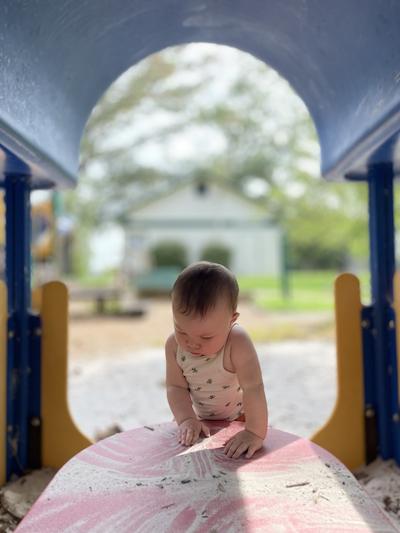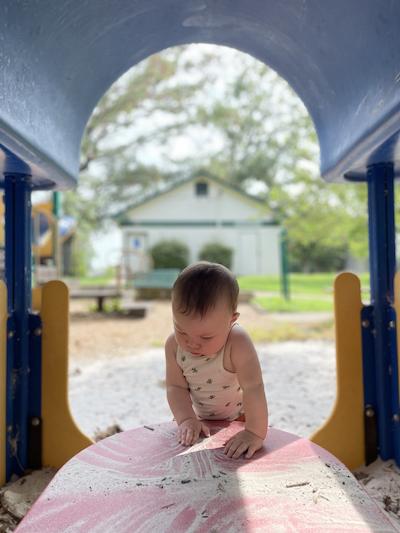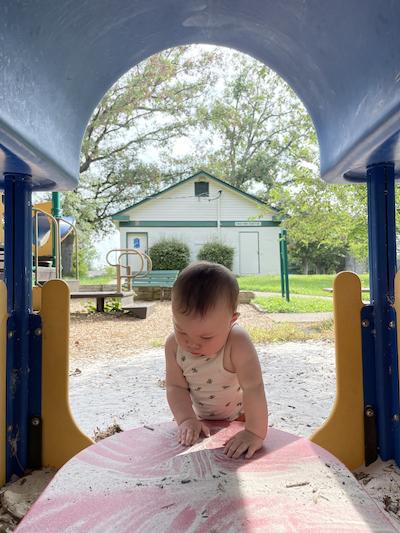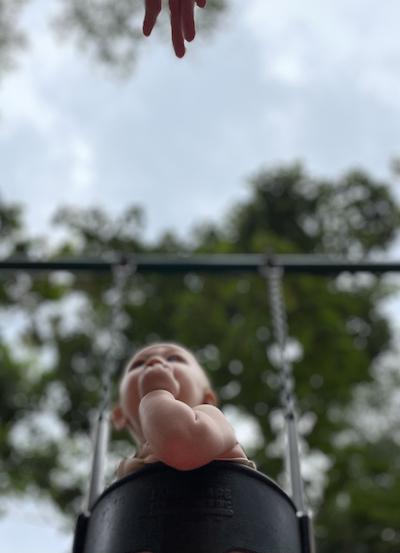Lesson: Community Photo Stories
As a photographer, how can you challenge standard ways of looking at the world? Try varying perspectives to tell different stories!
A photographer's personal perspective often depends on the physical perspective of the camera lens. To understand various perspectives, students will think about standard views in photographs, and then they will examine how unusual perspectives add to a story. They will also take photographs of their own communities.

After straightening
Language
Learning Objectives
- Strengthen critical thinking skills by observing a person, object, or scene from multiple perspectives.
- Develop a basic understanding of narrative perspective.
- Understand how compositional choices affect visual interest and meaning.
- Use composition to create compelling photographs.
Materials
- Digital camera
- Printing supplies (if necessary)
- Images from the National Gallery of Art
Experiment with Creating Images
As a warm-up activity, set up a photo shoot in the classroom. Photograph one object, person, or scene from multiple perspectives, adjusting the camera’s settings to create different visual effects. What story or feelings do the photos communicate?
Shift the Viewer’s Focus with the Camera’s Aperture
Change how an image might be interpreted by altering the camera’s focus. Blurring the background of an image, for example, helps the viewer to focus on a person or object in the foreground. To do this with a phone’s camera, look at the preview on the phone screen, locate the object or person, and tap on the image to bring it into focus. This might change the brightness and focus settings for that area. Experiment with settings by tapping on different areas of the screen.
The aperture setting on a traditional camera determines how much light from the lens reaches the film. The aperture numbers, known as f-stops, are inversely related to the size of the opening. A smaller number on the aperture setting relates to a larger opening. The larger the opening, the blurrier the background.
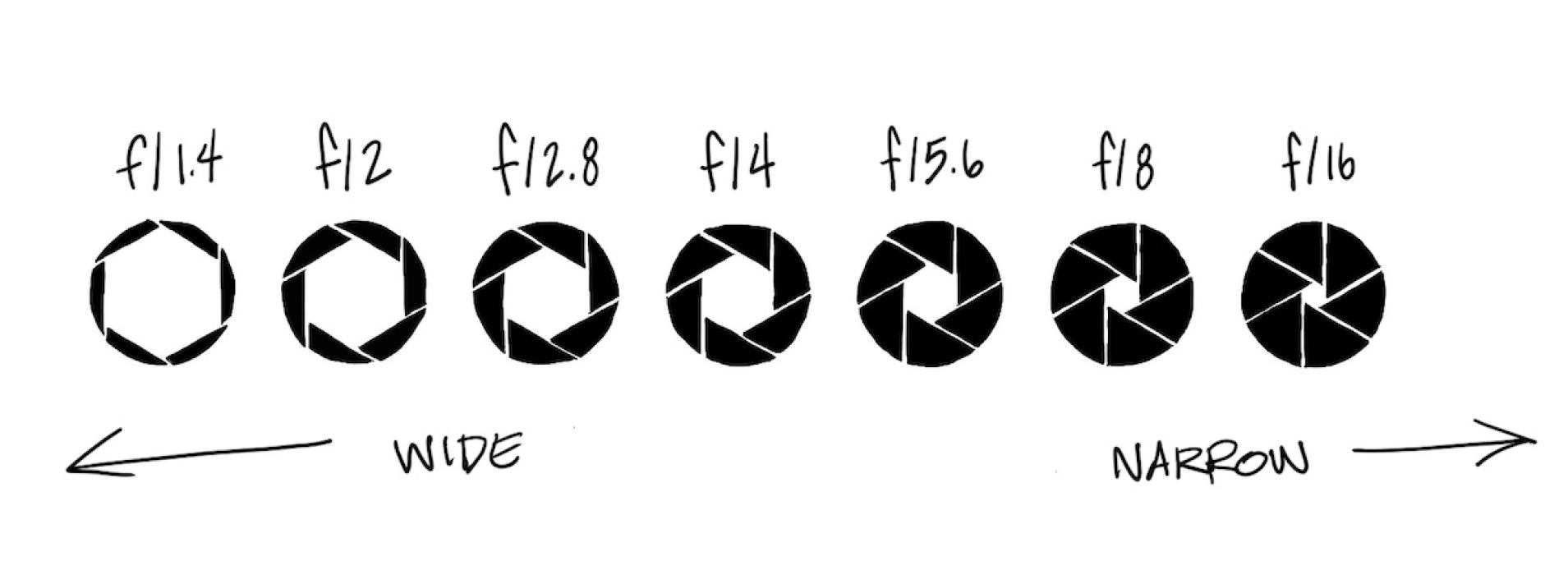
In these images, the aperture was adjusted to change which object is in focus. How does the focus change? How can you alter the focus to create a different perspective?
You can adjust the aperture manually on many cameras. Another option is to take a photograph in the “aperture priority mode,” which automatically changes the camera’s settings to create a visually balanced photo. Tap on your smart phone’s screen to select the area of focus. Try tapping different areas to see how the focus changes. If available on your phone, try shooting in “portrait mode.” That option lets you apply different aperture settings to your photos.
Change Perspective by Moving the Camera
You can change the viewer’s perspective by moving the camera to take photographs from different angles.
Notice the different locations from which each of these photos was taken. How does each photo communicate something different? How can you move your camera to change perspectives?
Ways To Improve Your Photograph
After you take a photograph, you can adjust it further by straightening, rotating, or cropping the image, using a filter, and much more. Straightening a photo can make an object appear not to lean. Find the horizon line to adjust a landscape view (see illustration). Dramatically rotating a photo from horizontal to vertical or vice versa can be a powerful tool to alter the focus of an image. You can also capture the viewer’s attention by cropping out unimportant or distracting sections of an image.
Using different filters alters the colors of an image. Here, filters changed pink cherry blossoms to darker shades and even to black and white. One common way to use a filter is to desaturate an image by removing colors and leaving shades of black and white. Experiment with filters to discover which one you prefer.
Go on a Photo Shoot of Your Community
After you feel comfortable taking photographs and creating images in the classroom, go on a photo shoot in your neighborhood. Choose a subject and/or a location. What do you want to communicate about this person, place, or object? Take a series of photographs and adjust images to create a story. What did you learn about your community by looking at it through the photographer’s lens?
Core Arts Standards
VA: Cr1.1.8 Document early stages of the creative process visually and/or verbally in traditional or new media.
VA: Cr1.2.8a Collaboratively shape an artistic investigation of an aspect of present-day life using a contemporary practice of art and design.
VA: Cr2.3.8 Select, organize, and design images and words to make visually clear and compelling presentations.
VA: Re8.1.7a Interpret art by analyzing artmaking approaches, the characteristics of form and structure, relevant contextual information, subject matter, and use of media to identify ideas and mood conveyed.
Photographs courtesy of Chris Rusinko, Museum Educator and Program Coordinator



